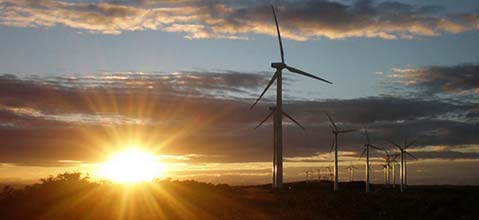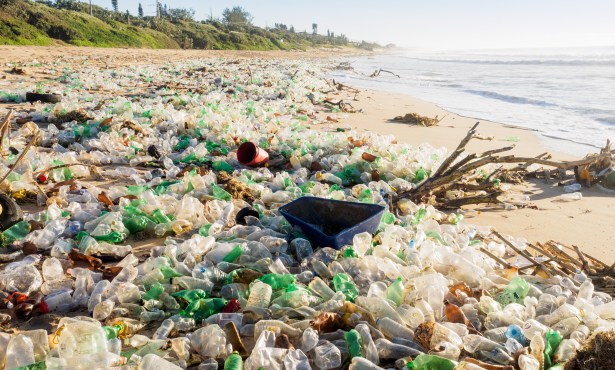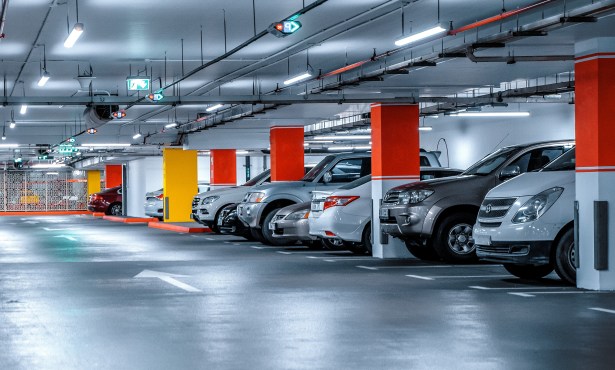Boost Clean Energy by Accurately Pricing Electricity
Using Time-of-Use Pricing Will Conserve Energy and Produce Savings

How electricity rates are structured can encourage or discourage conservation and the use of cleaner or dirtier power generation. Most utilities offer only a flat rate per unit of electricity (kilowatt-hour) that inadequately reflects the underlying costs of generating and delivering energy to our homes.
The cost of generating electricity from large-scale power plants varies significantly over the course of a day. When demand is low, utilities call upon the most efficient and inexpensive power plants to provide electricity. As demand increases, they are forced to utilize less efficient and more expensive plants. Flat rates don’t encourage customers to use less power during these periods of high demand and high cost to the system. Time-of-use pricing, however, accurately reflects generation costs and charges customers more for using electricity during peak periods (such as during hot afternoons) and less when demand is not as great (late nighttime). Depending on a household’s pattern of energy usage, time-of-use pricing can also produce savings on monthly utility bills.
Our utility, Southern California Edison, offers time-of-use pricing, but since the default pricing system offered to customers is a fixed-rate tiered plan (based on the amount of energy used), most customers don’t know about, nor select, the time-variant option. Granted, the tiered-rate approach encourages some conservation, but not nearly as much as the time-of-use approach.
Even when electricity prices accurately reflect the cost of generation, thus properly incentivizing customers to conserve, there is still no incorporation of the environmental cost of electricity production. These external costs, which include greenhouse-gas emissions, water consumption, and local air pollution, can be quite large. Depending on the efficiency and cleanliness of the power source, each unit of electricity has a different amount of external cost associated with it. Think of the different environmental impacts of electricity generated from coal compared to natural gas compared to nuclear fission. If each generator were required to pay these external costs and these costs were added to a time-of-use rate structure, then cleaner, more efficient power generators would have a distinct advantage. Cleaner would be cheaper. Customers would be prompted to use less energy during times of the day when the system relies on dirty power.
When electricity prices reflect costs, including the environmental costs of carbon emissions, water use for plant cooling, and particulate air pollution, everybody and the planet win.



